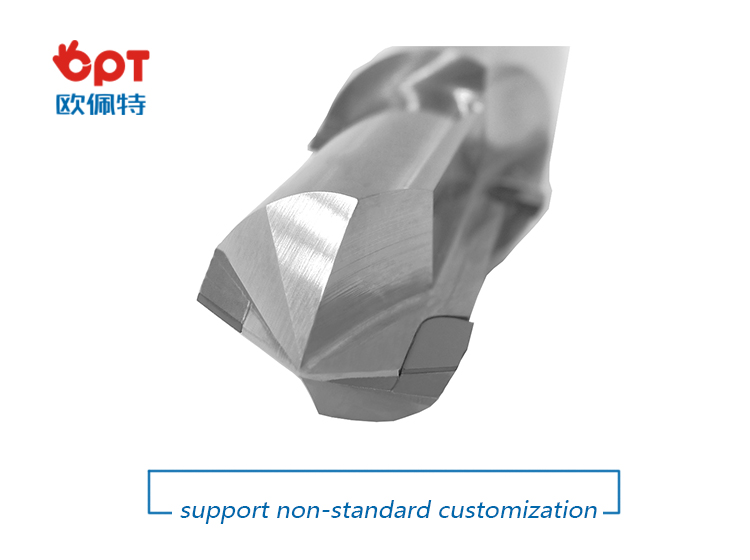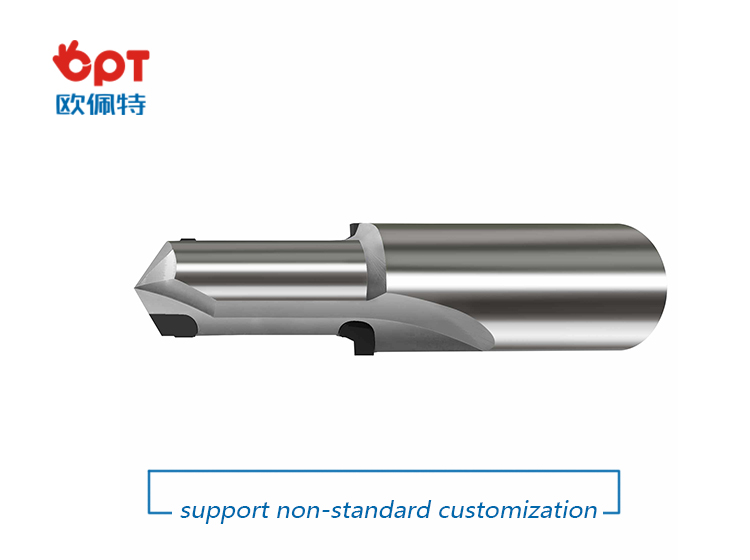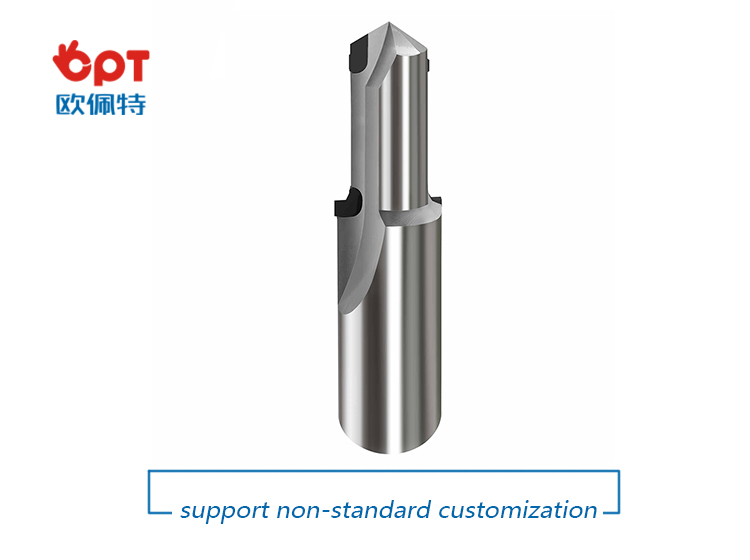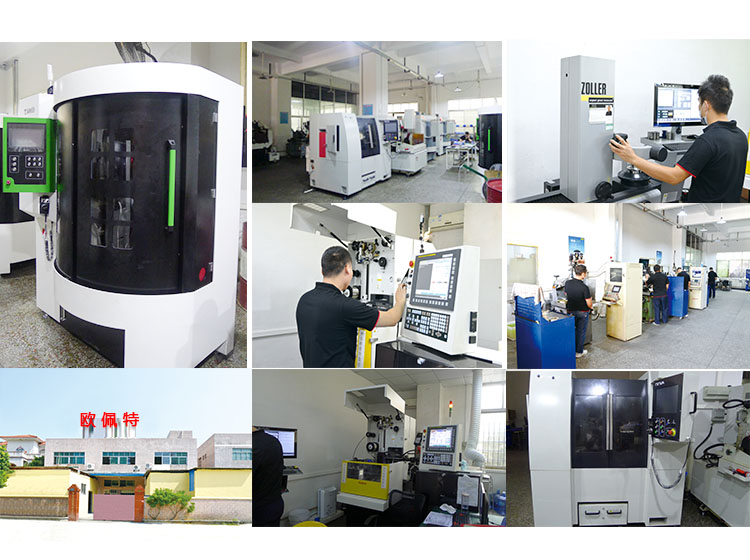You may not have thought that finding a familiar face from a group of people and reading a love poem and other common human intellectual activities is a difficult challenge for the Machine . So, where does the human intelligence come from? What kind of process has created today's human beings, completely distinguishing us from other creatures?
What a great human intelligence is. We built shelters sheltered from the wind, found new ways to hunt, and made ships and machines. Unique intelligence has created human civilization.
However, people are just the flesh and blood of the cells, why can they produce intelligence with unlimited creativity?

This is the origin of intelligence.
For a long time, this problem has plagued countless scientists and theorists, especially for those who want to build intelligent machines. Today's smart machines still lag far behind humans. Although the computing speed of computers is many times faster than ours, it is still humans that finally uses the results of the calculations. Even the level of intelligence of animals is much higher than current machines. A mouse can survive in a crisis-ridden jungle, and our computers and robots can't do it.
For scientists, how to get intelligence is still an unsolved mystery.
However, recently, a new theory may solve this problem. This theory is called “practice creation†and is based on adaptive capabilities, the most basic abilities of all living organisms.
Darwin's theory of evolution describes, on the one hand, how the human genome adapts to the environment. Different combinations of genes were tested in offspring. After the survival of the fittest, the end result is a more environmentally responsive genome.
Practice creation tells us that as organisms grow, eat food, and think, similar trial-and-error adaptation mechanisms are in place.
For example, the growth of the human body is not precisely controlled by genes. In fact, our genes are fed back from the environment and error correction through experiments. Only by trial and error will our bodies grow up correctly.
Our genes contain a lot of relevant knowledge about which experiments to perform. These knowledge about trial and error methods comes from the evolution of humanity for hundreds of millions of years. The true knowledge of human ancestors through practice has remained in the body of today.
But only this knowledge is not enough to make us smart.
To create intelligent behaviors, such as thinking, making choices, understanding poetry, and even recognizing the faces of acquaintances from the crowd, our bodies need to have another type of trial and error knowledge. There are mechanisms in our body that also contain a lot of experimental knowledge, but these mechanisms work much faster. The knowledge in these mechanisms is not derived from evolution, but through the development of the individual's life.
These fast adaptive mechanisms continue to modulate the nerve cells in our neural network, allowing us to recognize family members, make decisions, or come up with solutions to problems in an instant.
The slow and fast adaptive mechanisms have one thing in common: they all require feedback, so they have to go through several trial and error processes. For example, when guessing who this person is, you need to experiment with several different possibilities.
Practice creation theory believes that slow and fast adaptive mechanisms together create intelligence and form a hierarchical structure. First, evolution created genes in a slow pace. Subsequently, the genes slowly created a rapid adaptive mechanism. Next, the adaptive mechanism changes our neuronal properties in an instant. Eventually, the resulting adjusted neural cell network sends sensory signals to the muscles in a lightning-fast manner. The behavior is thus produced.
The human mind is not built in the connection matrix of our neural network, but is derived from the detailed knowledge of the fast adaptive mechanism, as the mainstream view believes. This may be the most breakthrough aspect of the practice creation theory. The more knowledge our genes store in fast adaptive neural cells, the stronger our ability to self-adjust, solve problems, and even act wisely in unfamiliar situations.
Thus, from the slow evolution of the genome to the environment to the neural adaptation of knowledge, human intelligence seems to come from this hierarchical structure of adaptive mechanisms. Only when these adaptations are successfully executed can our neuron network complete the task without errors.
In this way, our ability to survive and create stems from the adaptive mechanisms that operate at different levels and the vast amount of knowledge accumulated by each mechanism. Combining all these factors constitutes the origin of human intelligence.
PCD Drills used to drill through holes or blind holes in solid materials and to ream holes in existing holes. Commonly used drill bits mainly include twist drills, flat drills, center drills, deep hole drills and nest drills. Although reamer and boring drills cannot drill holes in solid materials, they are customarily classified as drill bits.
Our customers can depend on us for prompt, efficient response and quality products that attest to our expertise in engineering and manufacturing. As part of our scrupulous inspection procedure, we test 100% of our drills .375" and under for assembly integrity, leakage, and specified oil flow.
FEATURE:
1.Hardness PCD blanks more than 5000HV.
2. PCD Stone Milling cutters is maily used for High efficiency milling and depth character engraving on underside, grooving areas with good surface Roughness.
3.Top quality as world leading manufactuers, high abrasive resistance and with long service life.
4.big quantity in stock for ordering
PCD carving tool
PCD drills
Flexible in order quantity:
Samples can be provided before mass production, and MOQ can be discussed accordingly.
PRODUCT DETAIL:





PRODUCTING PROGRESS:

PAYMENT AND DELIVERY:

PRODUCT EQUIPMENT :

ABOUT US :
We are specialize in manufacturing PCD diamond tools and Carbide tools. Our major product inclulde PCD Inserts , PCD Reamers , PCD End Mills , PCD Taps, Cabide Inserts,Carbide Drills, Carbide Reams, Taps etc.,
We also offered customized cutting tools per drawings, and provide package according to customer requirements. We manufacture a series range of cutting tools for machining of Cast iron, Aluminium alloy and Non-Ferros metal, it is widely used in all major sectors like Automobiles, Engineering, Aerospace, Aviation and 3C industry. Premium quality of raw material is used in the production and strict examination during processing with advanced equipment, so our client are satisfied with our reliable quality and on-time delivery.
Our best selling of cutting tools include PCD Inserts, PCD End Mill, PCD Ball Nose Mill, PCD Reamer, Carbide Taps , Carbide End Mill, Special Form Cutter and many more. For these years we have been made a large forward in the technologies of manufacturing cutting tools. With high quality on performance and price, our product sells well both on domestic and overseas market. And we will always focus on the quality and best service, to make long business relationship.

quanlity control:
We have dedicated team of quality control and precise equipment to keep good and stable performance for our products and processing services.

PCD Drill Bit, PCD Drills, Carbide Drill Bit, End Mill Bit
OPT Cutting Tools Co., Ltd. , https://www.optdiamondtoolss.com